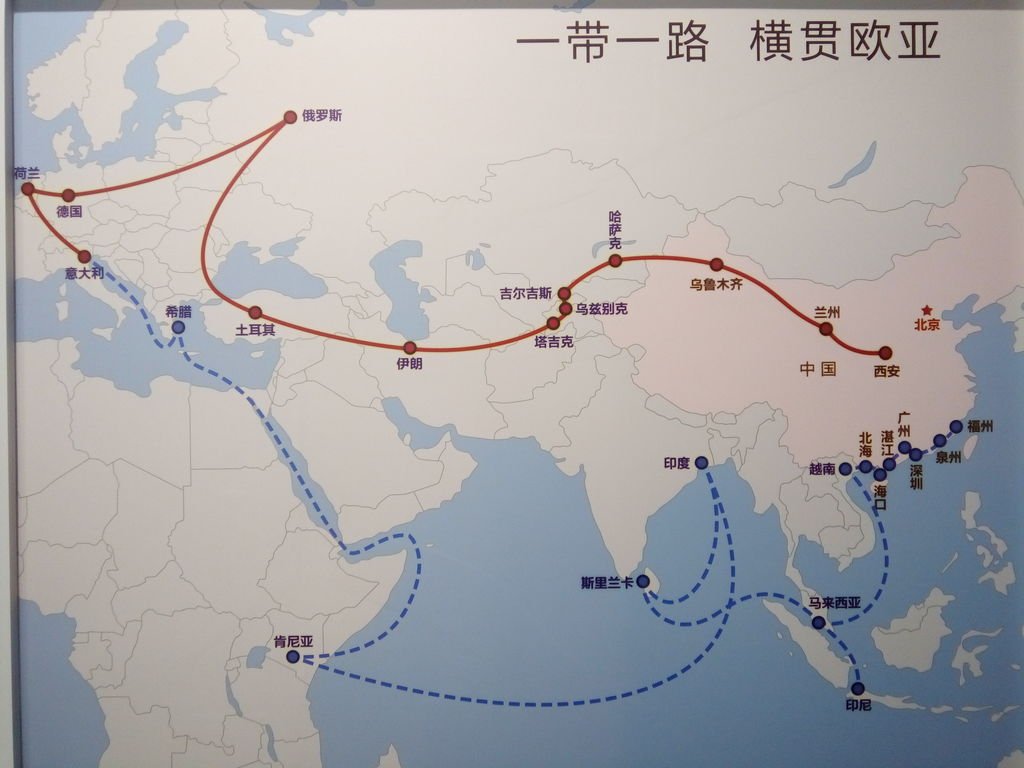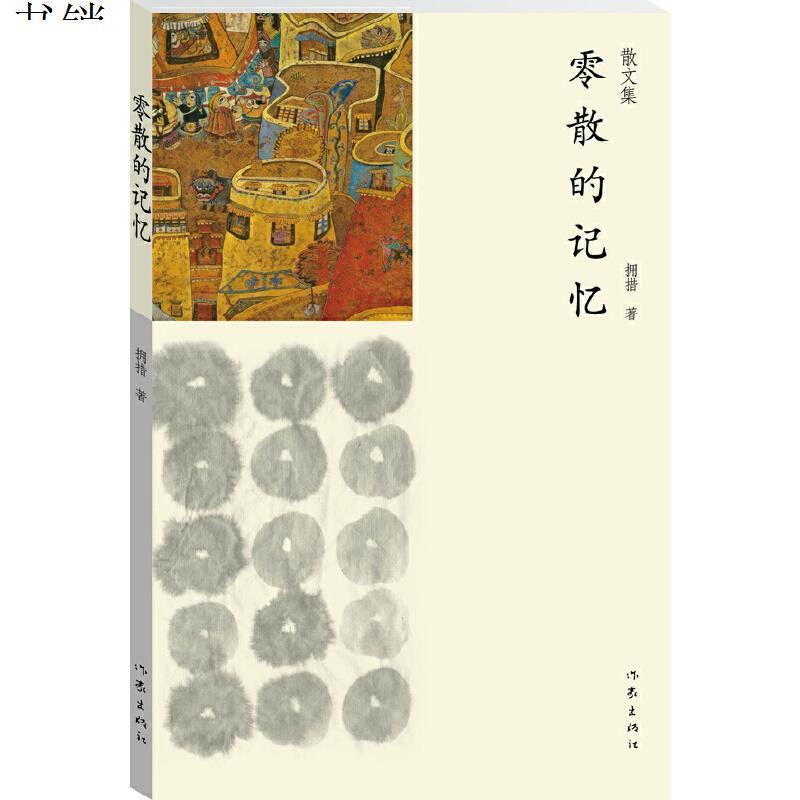Why does Xi Jinping host the Central Asian leaders at a #Tang-themed site? Victor K. Fong has a chapter that explains the current political uses of Tang (618-907) history and the 'deep historical roots of the "China dream"' 1/
degruyter.com/document/doi/1…
degruyter.com/document/doi/1…

The Tang succeeded in founding a stable state that firmly united China after centuries of division (well, let's not forget the hapless Sui 581/9-618, but they collapsed quickly and didn't come to be remembered for their glory as the Tang did) 2/ 



The reign of the second Tang Emperor, Tang Taizong (Li Shimin, 598-649), who came to power after a fratricidal palace coup in 626, became known as a period of cultivation and prosperity, the fairness of its legal and administrative systems, and... 3/
https://twitter.com/MedievalChina/status/1546085195907989504
...military power and expansionism: Taizong conquered the Turks 突厥 and greatly expanded the Empire's territory into Central Asia; he famously took the unprecedented title of 'Khan of Heaven' 天可汗. 4/ 

The Tang are also remembered for the intense commercial and cultural contacts with Central and South Asia, and for the cosmopolitism of its capital, Chang'an (of course, these contacts these were not unprecedented and went back much further) 5/ 

In 755, general An Lushan 安祿山 (it's a Sogdian name, 'the luminous,' cognate to 'Roxanne'!) launched a large-scale rebellion. 6/
https://twitter.com/MedievalChina/status/1495145459098296325
Although the revolt was put down, the Tang never fully recovered, and its last 1,5 centuries were full of struggles. That's not the Tang Dynasty that people dream of 'returning to,' as the famous 90s song wished... 7/
Rather, as Victor Fong shows, Taizong's prosperous rule soon became a point of reference for later rulers. Some remembered the good relations between Emperor and officials; others remembered Taizong's territorial expansion as a mirror to their own situation. /8 

The Song lost the Northern part of their state; Emperor Xiaozong of Song (1127-1194) stated: 'What I do not forget about restoration is to unify the Four Seas. I will model on Tang Taizong’s militia system.' 9/ 



After (more or less) unifying the Republic of China in 1928, Chiang Kai-shek wrote in his diary in 1934: 'Only by recovering Taiwan and Korea and to restore the original territories of Han and Tang would [I] have no shame to be a descendent of the Yellow Emperor.' 10/ 

(Of course, Chiang Kai-shek was using the Han and Tang not for historical accuracy, but as symbols. The real Han and Tang had absolutely no control or claim over Taiwan) 11/ 

The early PRC had a much less enthusiastic approach towards the 'feudal' Tang. As Victor Fong writes: 'even though he [Mao Zedong] also enjoyed reading Chinese history as his hobby and admired Tang Taizong as a military genius, he never modelled his “new China” on the Tang.' 12/ 

This has changed completely, especially under Xi Jinping, who, 'in search of the Chinese way to the future, ... looks back to Chinese history. ' One quote from Wenming magazine, 2013 (pic is a different issue), is illustrative of how the Tang are commonly perceived: 13/ 

'The Great Tang was China’s strongest time in history. Its territory was the largest… almost all the ethnic minority regimes... hailed the ... the Khan of Heaven, similar to how the... Commonwealth countries uphold the Queen of England as their supreme head of state.' 14/ 

The Tang are especially often invoked in the context of the Belt and Road Initiative, the 'New Silk Road,' and connections involving Central and South Asia. The summit at 'Tang Paradise' wasn't an isolated reference to the Tang in Chinese head-of-state diplomacy: 15/ 

In 2015, Xi Jinping had already received the Indian Prime Minister Narendra Modi in Xi'an, rather than in Beijing, which would have been more usual, and greeted him with a Tang-style ceremony. 16/END 

• • •
Missing some Tweet in this thread? You can try to
force a refresh

 Read on Twitter
Read on Twitter





















